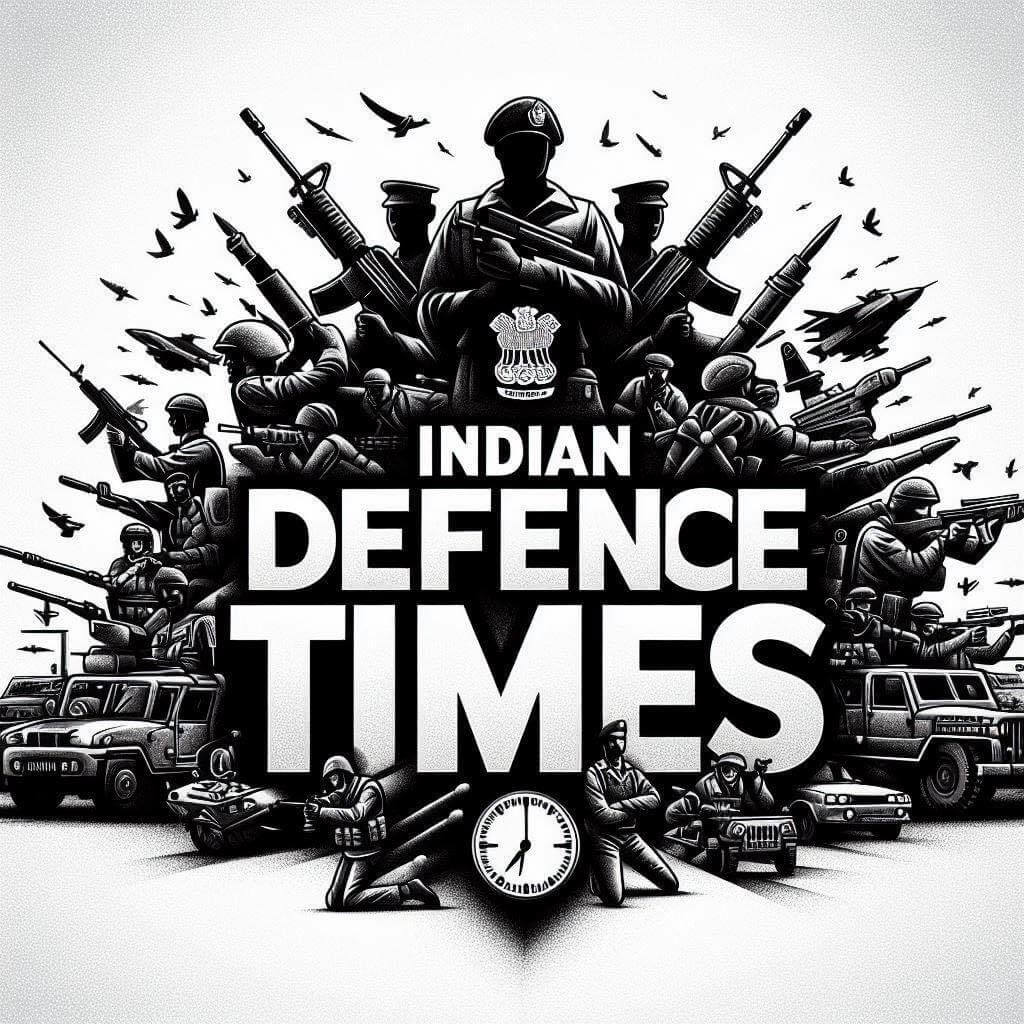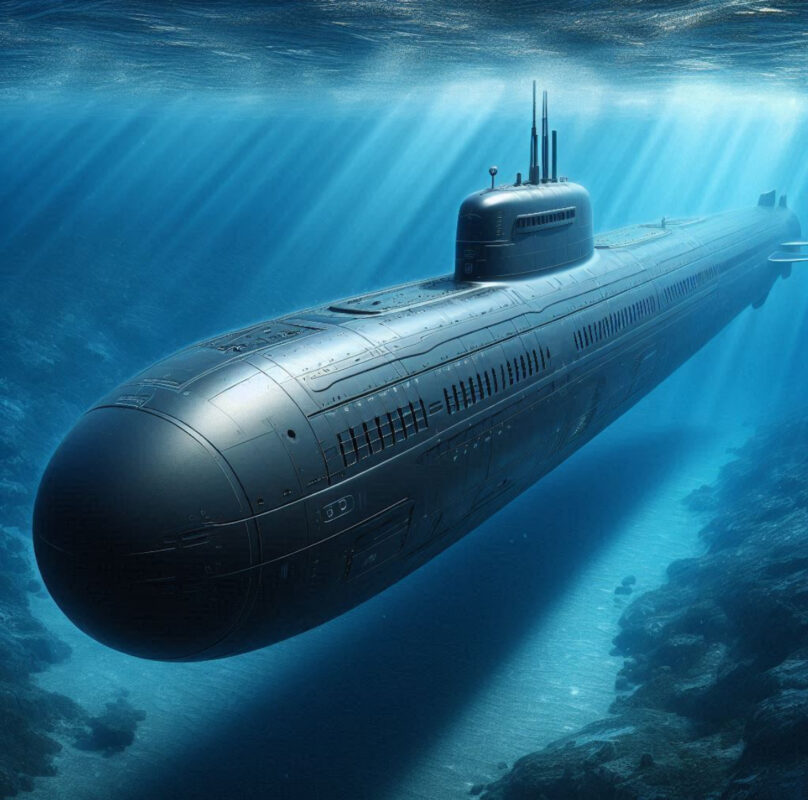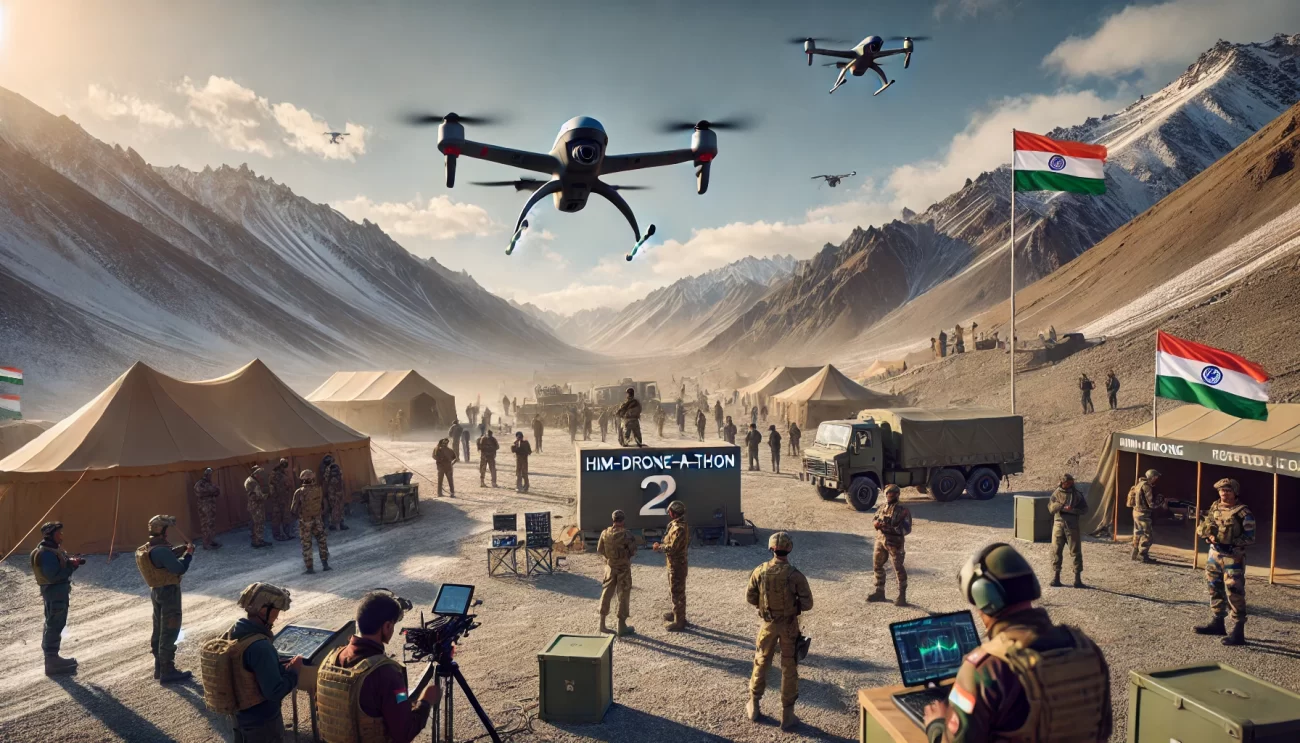Pakistan has recently made headlines with a bold fiscal declaration, increasing its defense budget by an assertive 15%. This move aligns with the aftermath of securing a loan from the International Monetary Fund (IMF), a critical juncture given the country’s economic slowdown.
The augmented defense allocation is a significant uptick from prior budgets. It was unveiled by the Finance Minister in a session of the National Assembly, marking a pivotal budgetary stance by the coalition government led by the Pakistan Muslim League (Nawaz) and the Pakistan Peoples Party.
The hike in defense expenditure is not just a testament to Pakistan’s dedication to safeguarding its sovereignty but also signals an ongoing stride towards military modernization. The armed forces are amidst a comprehensive upgrade, welcoming a fleet of new tanks, advanced artillery, naval frigates, stealth submarines, and sophisticated fighter aircraft, with China being a primary equipment provider. This revamp is crucial for maintaining regional equilibrium, considering the dynamic defense postures of adjacent nations.
The increased defense outlay has elicited a spectrum of responses. Advocates deem it an indispensable investment in the nation’s security apparatus, vital for protecting Pakistan’s territorial and strategic interests. Conversely, skeptics cast doubts on the timing and fiscal wisdom of such an increment, especially under the shadow of the nation’s pressing economic challenges and calls for financial restraint.
Moreover, the defense budget surge mirrors Pakistan’s strategic ambitions and its geopolitical recalibration. Following the successful border fortification with Afghanistan and commitments from the Taliban to curb Tehrik-e-Taliban Pakistan activities, the focus is pivoting from anti-insurgency campaigns to fortifying conventional military prowess.
In essence, Pakistan’s strategic elevation of its defense budget by 15% is a complex maneuver with far-reaching implications for its domestic security landscape and international relations. It highlights the government’s prioritization of defense readiness and modernization, while simultaneously prompting a discourse on the delicate interplay between military spending and economic health in a nation on the path to recovery and prosperity.











